Few people have managed to live without burning a single pot. The porridge burns, the milk sticks or the sugar turns into an indelible crust. And sometimes the soup begins to “fry”. About how to clean a burned pot, what to use for different types of dishes and we will talk further.
Isi artikel
How to clean: sponges, foil, tablets
To clean a burnt pan will have to make physical efforts. It will be necessary to rub – this is the main method of cleaning. All other means are needed to speed up or facilitate the process. But the main thing is precisely the mechanical removal of the burnt. For cleaning we apply:
- Kitchen sponges made of foam rubber with different degrees of hardness.
- Metal sponges.
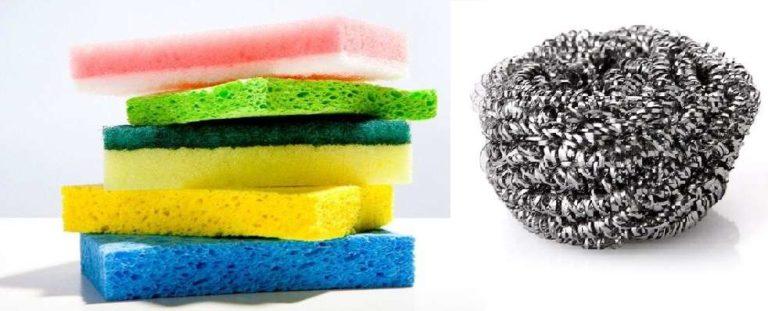
It is better to start with the softest option, if “does not go”, move to a more rigid “inventory”. Some types of dishes are better not to rub with metal sponges at all. These include polished stainless steel cookware and non-stick coatings. On them, any scratch is equal to disaster: pots and pans will have to be thrown away.
There is another surprising method. You can clean the burnt can crumpled in a ball of foil. You won’t believe it, but it rubs off better than metal sponges and doesn’t leave scratches.
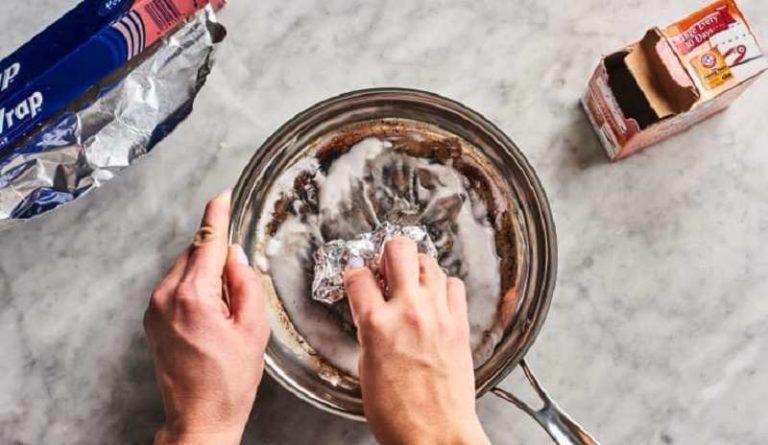
Another way to use ordinary means in a non-standard way. A dry dishwasher tablet can be used instead of a scrubber. But it is very caustic, so keep it only with a glove.
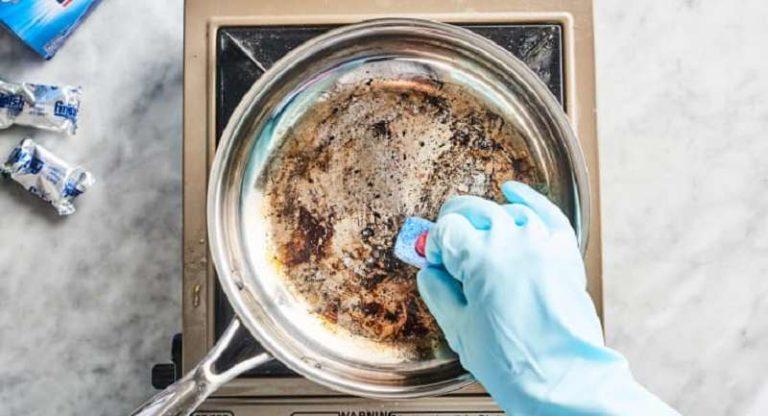
Pour a little water on the bottom of the pan (about 1 cm on the bottom), heat on low heat. Remove from the burner and rub the black stain under the water with this “scraper”. If you want, add a couple drops of dishwashing liquid or baking soda.
Traditional ways and “handy” means for cleaning pans
Burnt pans of any type can be cleaned with baking soda or salt. Just pour grams of 50-100, pour water to cover the burnt on 3-5 cm from the top and boil for about 15 minutes. Then you need to rub.
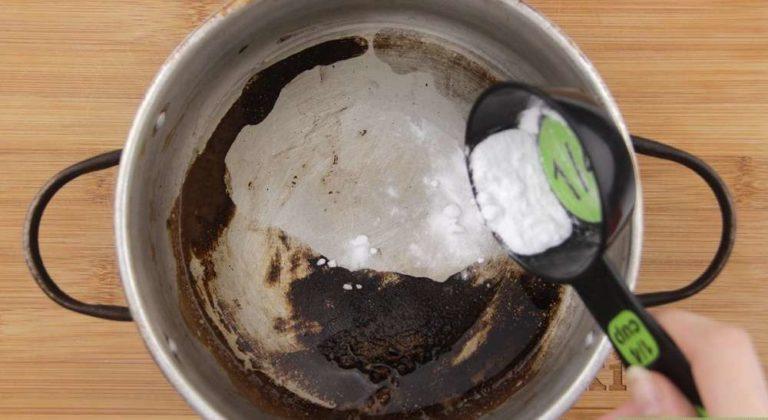
What to use, salt or baking soda? Try it one at a time. In some cases baking soda works better, in others salt works better. Burnt food (porridge, jam, sugar and other foods) comes off. Not immediately and not quickly, but it comes off. After the blackness is almost no longer coming off, boil again with one of the components.
Sometimes it is easier to clean off if you pour baking soda on the bottom of the dishes. Generously. Then add a little water and leave it for a few hours. After such soaking, the burnt food can be easily rubbed off.
Burnt stainless pans can also be cleaned with a baking soda solution, but it will be faster if you replace the baking soda with Pemolux. The rest is the same – add water, boil for about 20 minutes.
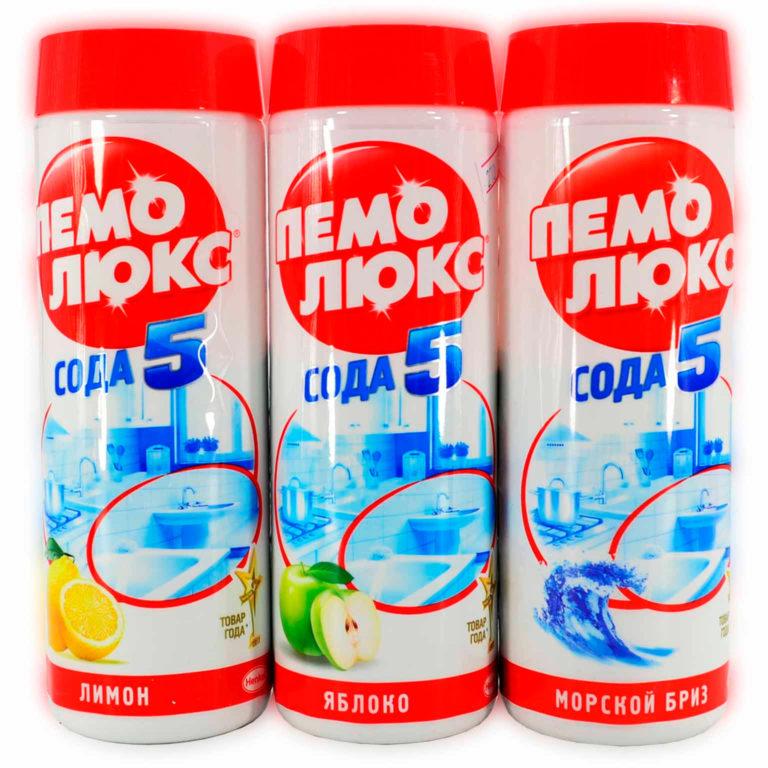
The peculiarity is that it is necessary to clean immediately after boiling – comes off easier. And you can not use a metal sponge – scratches will remain. You have to rub with the hard side of a kitchen sponge made of foam rubber.
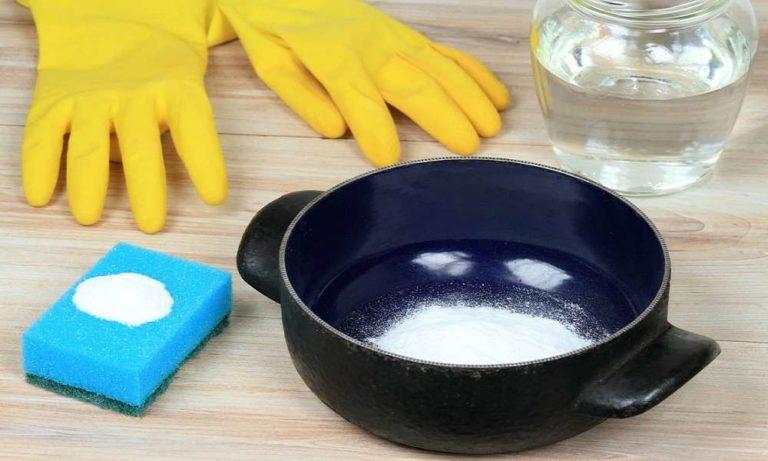
Some types of soot from stainless pans can be removed if you pour vinegar and leave it for a few hours (even overnight or overnight). The same trick will pass with undamaged enamel, but cast iron, aluminum or non-stick coatings are better not to test for strength in this way.
Instead of vinegar, you can use lemon. Cut it into slices, pour water, boil for about 10 minutes and leave the solution in the dish. Then rub until the blackness is gone.
Cleaning burnt pans with the help of chemistry for the kitchen
For emergency cleaning of burnt-on pans, you can use kitchen cleaners. For example, for cleaning the grill, oven, glass-ceramic stove. The method is the same – apply, wait, wash and rub. Before cooking in a cleaned pan for the first time, boil clean water a couple times.
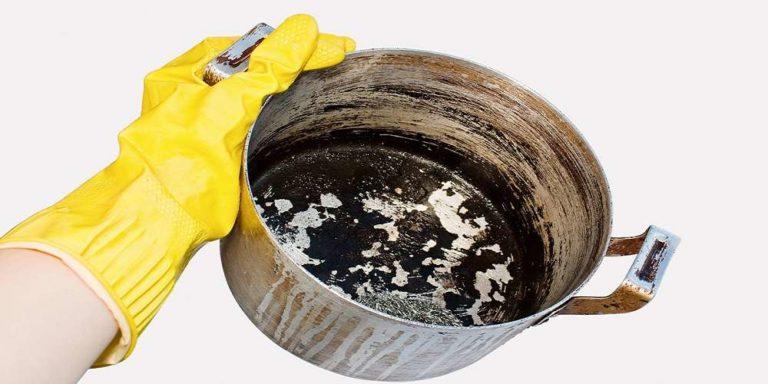
You can also pour a dishwasher tablet into the water and boil it. While the pan is warm, even burnt fat and vegetable residues come off well. To keep the dishes cool longer, do not hurry to pour out the solution. Rub in water. When there is too much residue, pour it out and rub while it is still warm.
The means are not for dishes, but the burnt pot is cleaned off
It’s still possible to clean burnt-on pans with chemistry that doesn’t belong in the kitchen:
Some hostesses use acidic sanitary ceramic dishwashing products to clean burnt dishes. They work. And fast. But how safe it is to use “toilet” means for pots – the question.
You can also use dryer sheets. These are pieces of non-woven material impregnated with some means. They are put in the automatic dryer for laundry. Such a napkin is placed on the bottom of the pot, pour a little water. Only to cover the bottom. In this form, leave for 8-12 hours, and then – rub. It is not clear what kind of substances are contained in the napkin, but the burnt residues come off in one or two.
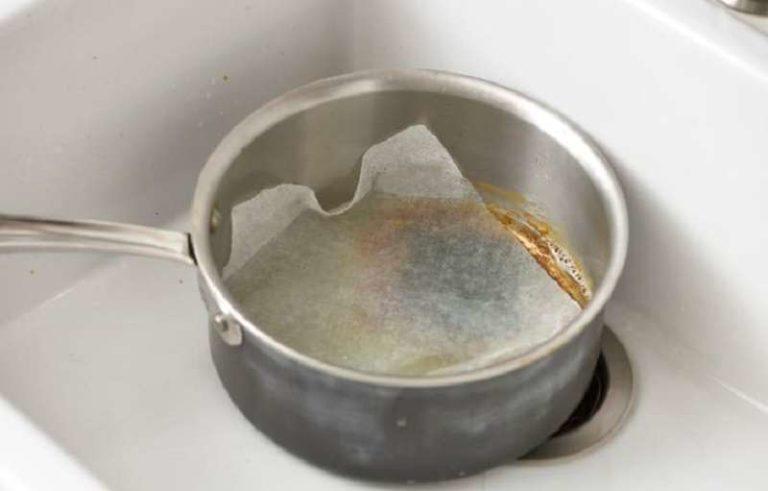
The video below demonstrates another working “non-cooking” remedy – laundry gel. It can be diluted with water and boiled for 20 minutes in a pan. We did not do without a scraper, but even strong soot was removed.
Safe gentle cleaning with the help of products
Let’s talk about less extreme methods with the use of products. Or rather, the substances they contain. The simplest is to pour Coca-Cola, leave it for a while. This drink, they say, cleans everything. It is good for removing burnt milk and milk porridge.
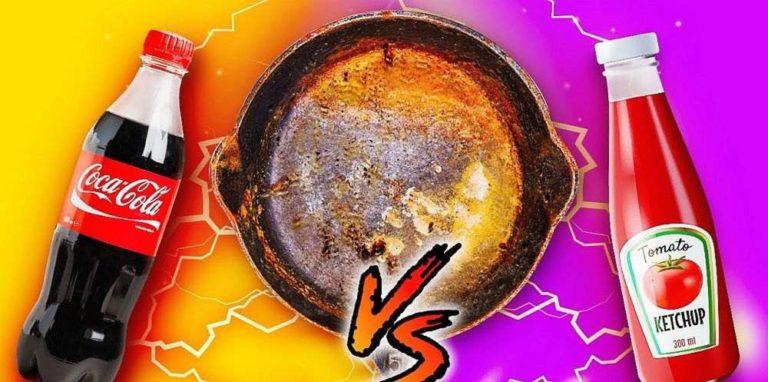
Another option is to pour baking soda into a pot, then pour in Coca-Cola and leave it for an hour. The effect is both there and there, but the second method is faster. You can still try to scrub off the burnt from the bottom of the pot with the help of:
It cannot be said that all these methods work equally effectively. Sometimes they really clean off quickly and immediately, sometimes they help to soften the burnt. But this is not a panacea. But it is unlikely to damage the dishes with their help.
How to bring the dishes to a “pristine” look
In enameled pots after removing burnt residue, dark stains remain. If they do not bother you too much, just use the dishes. After a while, the color will normalize.
If you want to get rid of the darkening, try boiling a tablet for the dishwasher. For white or very light enamel, whitewash works well. But it is not a safe remedy. So after restoring the color, boil clean water several times.
After severe overheating, stainless steel can change color in places. Here already without options. Just use the dishes. It is impossible to remove these stains: some of the alloying substances have volatilized, and this is irreversible.
Pots made of stainless steel, enameled, aluminum, cast iron – what are the differences in cleaning
Stainless steel cookware is good because it is difficult to spoil. It tolerates any chemical means without consequences. How can it be damaged? Scratch it. Based on this and choose cleaning methods. That is, take any means, but do not use hard scrapers and “cleaners” with large abrasive particles.
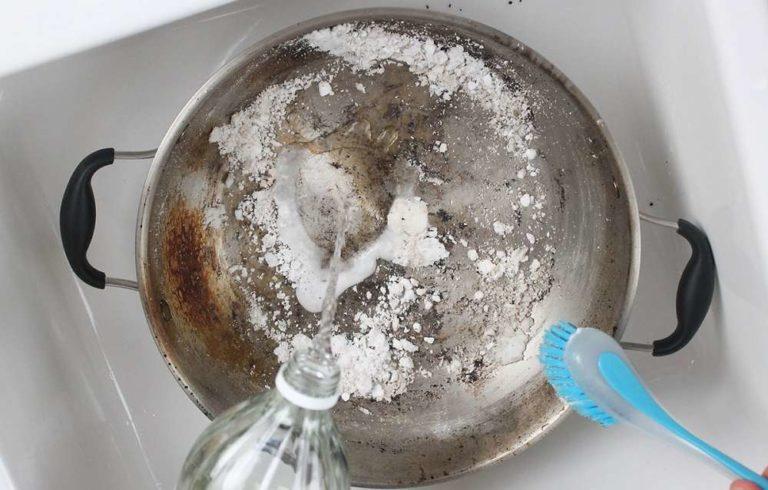
Polished stainless steel can be scratched even with the hard side of a kitchen sponge. It is washed exclusively with active substances in the form of liquids, gels or sprays. Such utensils can only be rubbed with rags or sponges.
Aluminum utensils, on the contrary, actively react. It can not be treated with active acids. But for cleaning you can use metal sponges and means with abrasives.
Cast-iron cookware is now quite rare. If there is, its walls are usually covered with enamel or non-stick coatings. Means for cleaning them are selected based on the coating.
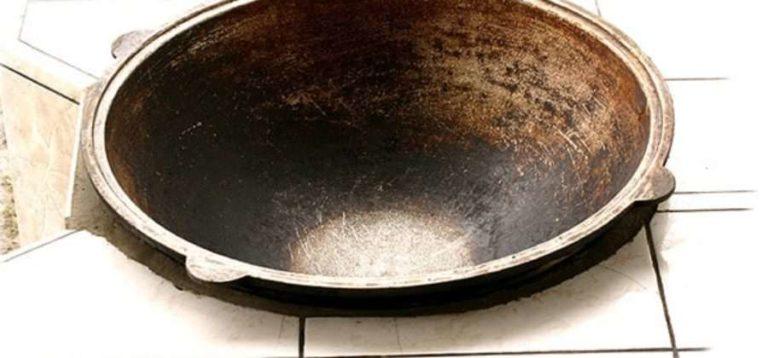
If there are old cast irons, cauldrons, they can be cleaned with any means and even hard scrapers. But if there are already caverns in them, “extract” burnt from them does not work. It is often recommended to clean cast iron burnt dishes with sandblasting. After cleaning the cauldrons look great, but they get dirty very quickly. The fact is that sand grains leave microscratches, in which accumulates soot, grease, food residues. There is a way out – to polish to a shine with a rag. But it is long and tedious. It is easier to clean without sandblasting. All the same means described above.
How and with what can you clean enameled pots? If there are no chipped enamel, then practically everything that we use for the kitchen. Means – any, metal sponges, the hard side of foam sponges. If there are already large areas without enamel, it is better not to use active acids, otherwise a hole will quickly appear.

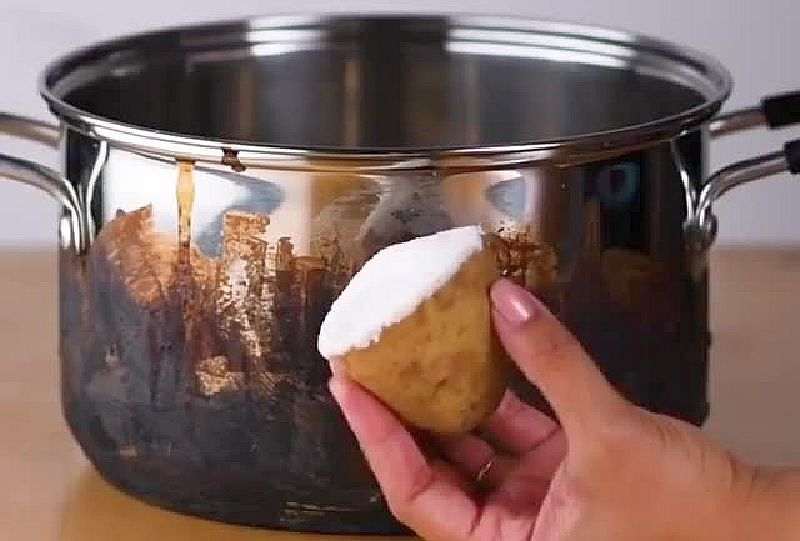
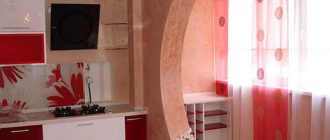

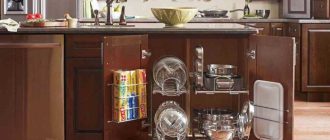


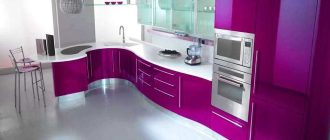
Cleaning a burnt pot can be a real hassle! I’ve had my share of burnt meals. A mix of baking soda and water works wonders. Just let it soak, then scrub gently. It saved my favorite pan from the trash! Definitely a game changer in the kitchen.
Cleaning a burnt pot? Been there! A mix of baking soda and water works wonders. Just let it soak for a bit, then scrub gently. Trust me, you’ll save that pot and avoid buying a new one. It’s easy and effective—give it a shot!
Cleaning a burnt pot can seem like a nightmare, but trust me, it’s easier than you think! Just sprinkle some baking soda and add water, let it soak a bit, and scrub gently. You’ll be surprised how quickly it scrubs clean. It’s a game changer for your kitchen!
Cleaning a burnt pot can be a hassle, but trust me, it’s all about the right technique! I’ve used baking soda and vinegar before, and it worked wonders. Just let it soak for a bit, scrub gently, and you’re golden! Give it a shot – you’ll be amazed!